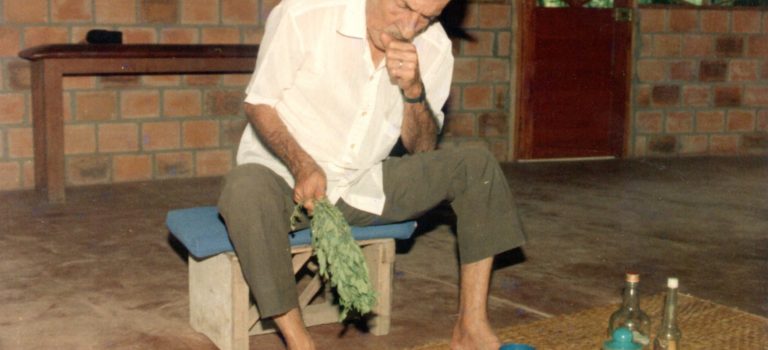It is estimated that over four million people have consumed ayahuasca at some point in their lives. In 2019 alone, approximately 820,000 people consumed the beverage, which translates to about five and a half million doses of this psychoactive substance used for thousands of years by Amazonian indigenous peoples.
The data comes from a study conducted in America, Europe, Australia, and New Zealand by the ICEERS Foundation. The report was compiled between 2020 and 2021 and was released in the last month of June.
The globalization of ayahuasca, which has led to an increase in its consumption and a rise in so-called psychedelic tourism, has been pointed out by some experts as a threat to the traditional knowledge of indigenous peoples and also to the sustainability of the plants used in its preparation.
In an interview with Psicodelicamente, Jeremy Narby, a Canadian anthropologist based in Switzerland, argues that this movement also has a positive side. “The external interest in Amazonian shamanism has led indigenous people to reconsider the value of their own knowledge.”
Read more